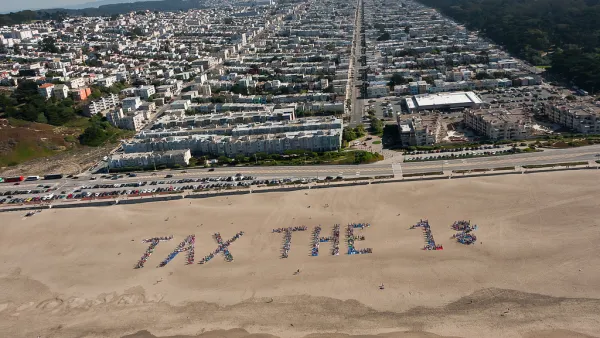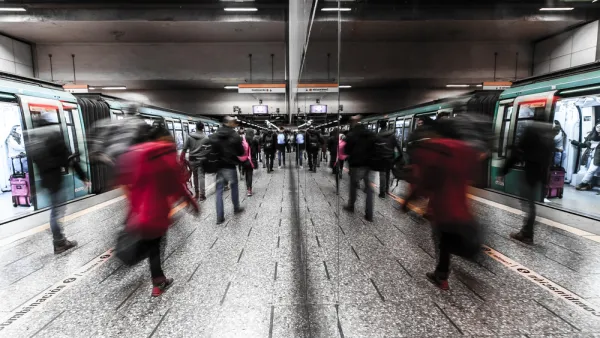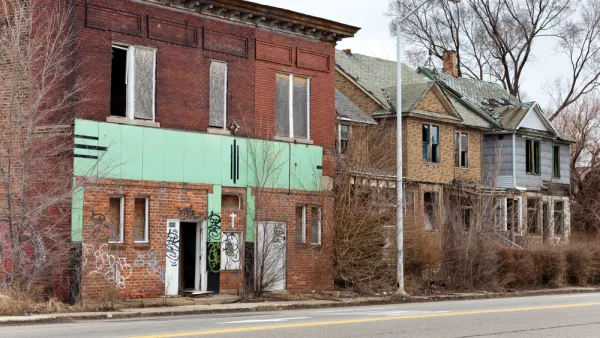Against a backdrop of increasing spatial segregation of incomes, Robert J. Sampson looks at how neighborhood inequality influences multiple aspects of everyday life. How we address such inequality indicates what kind of society we want to be.
"Fifty years after the Rev. Dr. Martin Luther King Jr. pointed to African-Americans on a 'lonely island of poverty in the midst of a vast ocean of material prosperity,' racial and economic disparities by place not only remain but are closely connected," writes Sampson, professor of the social sciences at Harvard University, in a commentary for The New York Times. "The great neighborhood divide extends to many of the fundamentals of well-being. Violence, poor physical health, teenage pregnancy, obesity, fear and dropping out of school are all unequally distributed."
"The persistent geography of inequality is reinforced by exclusionary zoning, persistent red lining, selective withdrawal of public services, the segregation of low-income public housing, 'stop and frisk' policing concentrated in minority areas, school funding tied to property values and the political fragmentation of metropolitan areas," he explains.
"The good news is that we are experimenting with a number of policies, some place-based and others person-based. Both are needed, but in either case the durability of poverty calls for profound long-term investments."
FULL STORY: Division Street, U.S.A.

National Parks Layoffs Will Cause Communities to Lose Billions
Thousands of essential park workers were laid off this week, just before the busy spring break season.

Retro-silient?: America’s First “Eco-burb,” The Woodlands Turns 50
A master-planned community north of Houston offers lessons on green infrastructure and resilient design, but falls short of its founder’s lofty affordability and walkability goals.

Delivering for America Plan Will Downgrade Mail Service in at Least 49.5 Percent of Zip Codes
Republican and Democrat lawmakers criticize the plan for its disproportionate negative impact on rural communities.

Test News Post 1
This is a summary

Test News Headline 46
Test for the image on the front page.

Balancing Bombs and Butterflies: How the National Guard Protects a Rare Species
The National Guard at Fort Indiantown Gap uses GIS technology and land management strategies to balance military training with conservation efforts, ensuring the survival of the rare eastern regal fritillary butterfly.
Urban Design for Planners 1: Software Tools
This six-course series explores essential urban design concepts using open source software and equips planners with the tools they need to participate fully in the urban design process.
Planning for Universal Design
Learn the tools for implementing Universal Design in planning regulations.
EMC Planning Group, Inc.
Planetizen
Planetizen
Mpact (formerly Rail~Volution)
Great Falls Development Authority, Inc.
HUDs Office of Policy Development and Research
NYU Wagner Graduate School of Public Service





























